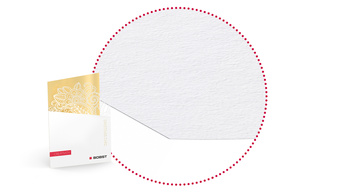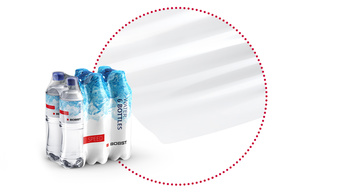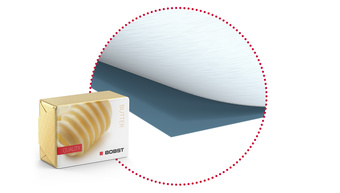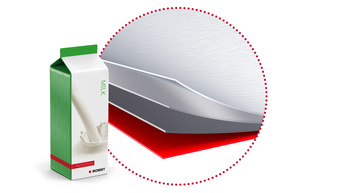Materials
BOBST provides a wide range of solutions for the labels and flexible packaging industry. UV flexo and multi-process printing units, digital automation, tension and temperature control offer exclusive solutions and best value for quality and innovation.
All printing presses for labels & flexible packaging include servo driven rewind shaft, touch screen panel on each print unit, main touch screen with PC operated HMI, remote internet full service & organizer for lean handling and storage of magnetic cylinders.
BOBST flexo presses for labels & flexible packaging (formerly GIDUE) are designed for the longest durability and reliability. They are equipped with best internationally available components, assisted by the BOBST international local service support. BOBST in-line flexo presses are in perfect production conditions after many years, with low maintenance costs, consistent quality, and great satisfaction of converters. These presses and converters are winning each year Print Quality Awards worldwide. BOBST quality is built to last.
Paper
Paper is a fibre-based material produced from wood, rags or organic material. The types of paper used in the packaging and graphic arts industries typically use wood and/or recycled paper and board, which is then chemically or mechanically processed to produce cellulose pulp. This pulp is bleached and processed in a paper making machine to produce reels of paper which may optionally be coated or finished to provide a better surface and/or improved visual appearance.
Paper may be between 0.07 mm and 0.18 mm thick, with paper for printing and packaging applications generally being in a range between 60 and 120 gsm. The crossover point between paper and board is normally considered to be around 160 grams per square meter (gsm), as it is only at this level that a fibrous material is likely to be stiff and rigid enough to make a container.
Paper has a wide range of industrial applications including use for the packaging of products as diverse as confectionery and cigarettes, as a component in packaging laminates, and for many commercial print uses.

Film
A film is usually characterized as a thin synthetic resin layer. There are many types of films and their use depends on their physical and chemical properties, which make them especially suitable for a given application.
The most commonly used plastic films are low density polyethylene (LDPE), Polypropylene (PP), bioriented polypropylene (BOPP), and polyester (PET).
Printed film is used for packaging, display materials, stickers, seals, and a wide range of other graphic applications.
Films are generally characterized by their basis weight, expressed in g/m²; and thickness, expressed in microns. For some films it is also useful to know their density, expressed in g/cm3.
The increasing awareness of environmental issues is intensifying research into film substrates derived from renewable sources that are compostable.

Aluminium foil
Aluminum is produced from bauxite, an ore abundant in nature. From the rolling mill, aluminum foils emerge with a natural shiny finish, almost as bright as a mirror, but also can be produced with an as-rolled, satin-like finish called matte.
Aluminum foil has all of the unique functional characteristics of the aluminum alloy from which it is made.
Because of its exceptional barrier properties, aluminum foil is used across a wide range of flexible and other packaging applications to protect foods, drugs, cosmetics, and a lengthy list of other items, most often in combination with other packaging materials.

Laminates
A laminate is a material that can be constructed by bringing two or more layers of material together. This can include different material combinations from a wide spectrum of flexible substrates including thin aluminum foil, film, and paper. These materials have different physical properties and varying thicknesses that combine to provide the required barrier performance.
Converted single- or multi-layer webs are used in a number of industries, from the packaging of food and non food products to industrial applications including the photovoltaic industry.

Self-adhesive & wetglue label stock
Self-adhesive & wetglue label attached or integral part of the package are the mots popular labels. They carry important elements ranging from product information to safety elements. The visual appearance of the labels will vary from industrial to consumer labels which will have very attractive effects such as foiling, embossing, raised inks. Some can included invisible inks and micro texts for security features.
Most common self-adhesive & wetglue label are typically ranging from 60 to 240 gsm. Self-adhesive & wetglue label are the most popular one as they can be applied on a wide range of container.
Self adhesive labels are made up of three layers: a face material, a pressure sensitive adhesive and a release liner. Wet glue labels are mechanically applied before application, usually by the packers.
Wet glue labels are used on various products including bottles and jars container. Wet glue labels are mechanically applied before application, usually by the packer directly. Self adhesive labels use a pressure sensitive adhesive making them very convenient to apply and to adhere to a wide range of substrates.
